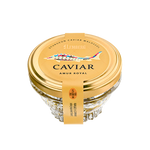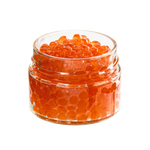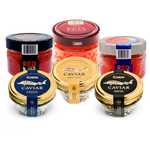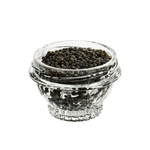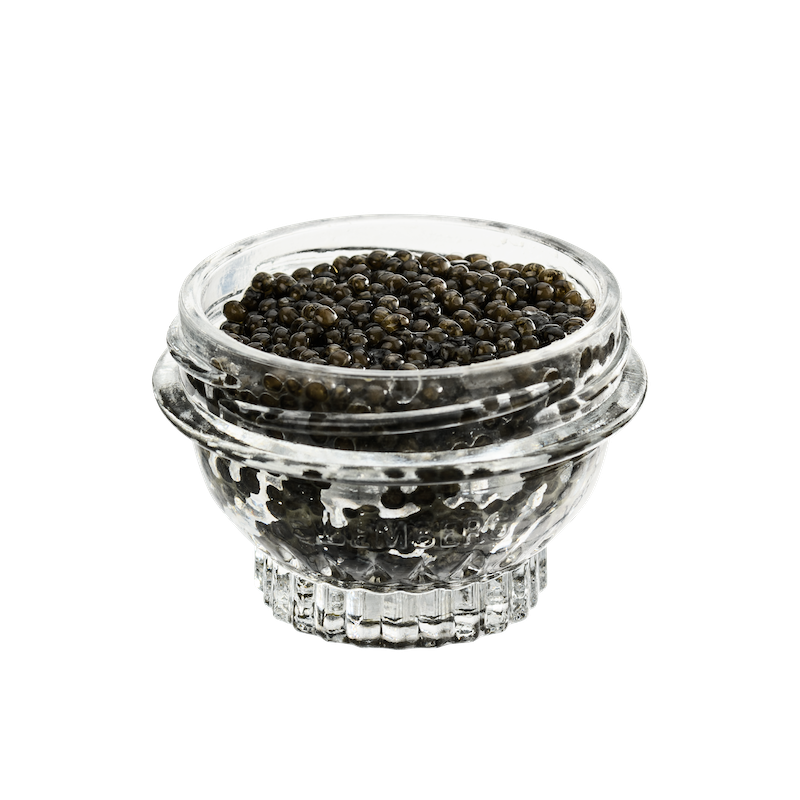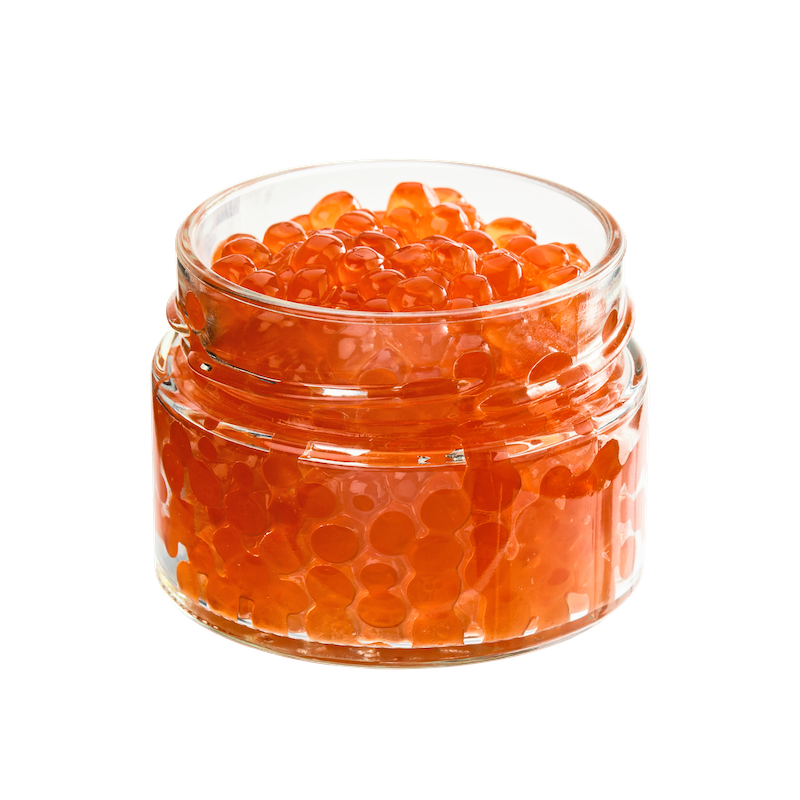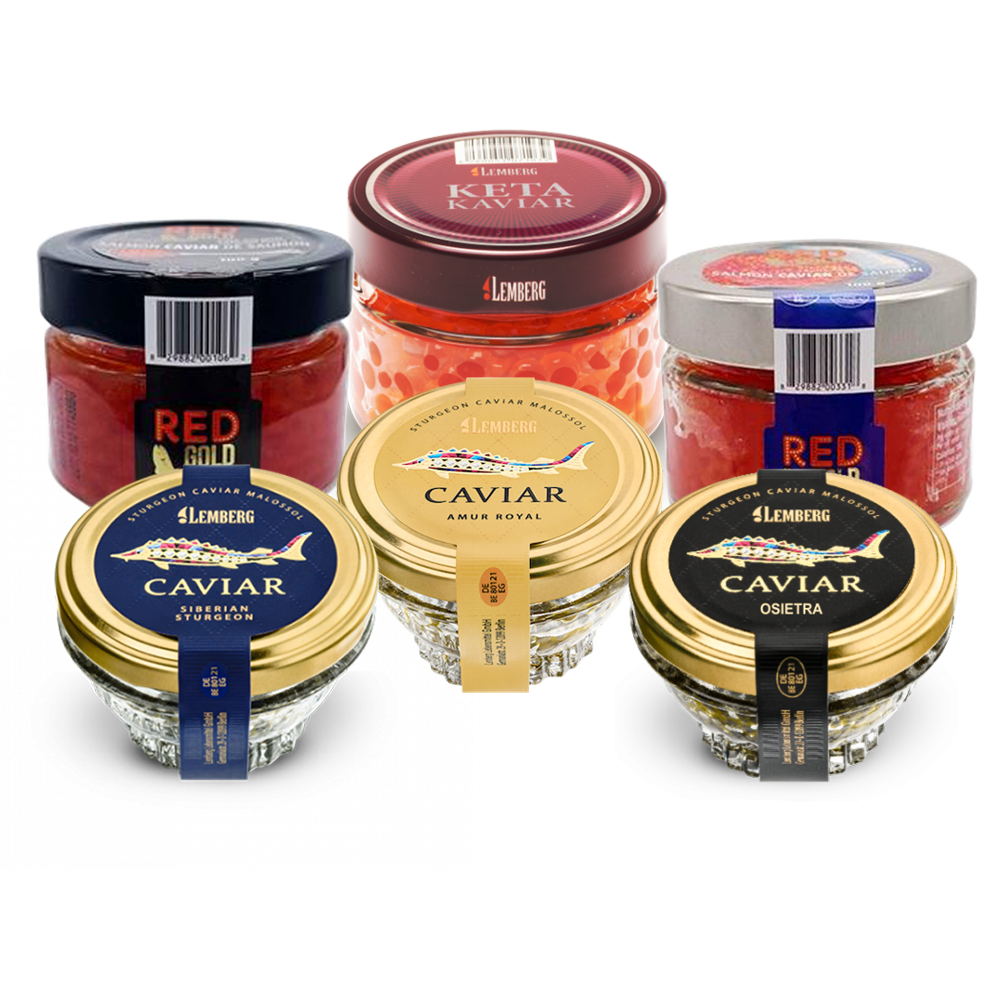Menu

What Does Caviar Taste Like: A Guide to the Flavor of This Luxurious Delicacy
Caviar is a delicacy that has been enjoyed for centuries. This luxurious treat is often associated with the rich and famous, and is a symbol of sophistication and extravagance. But what does caviar actually taste like? The flavor of caviar can be described as a combination of salty, briny, earthy, nutty, creamy, buttery, metallic, and fishy. It is a unique flavor that is often acquired over time, and is enjoyed by those who appreciate its complex taste and texture.
What is Caviar?
Caviar is a type of fish roe, which refers to the eggs of fish. The most common types of fish used to produce caviar are sturgeon, salmon, and trout. Sturgeon caviar is considered the most valuable and expensive, and is often associated with the luxury market. Caviar is typically served as a garnish or spread, and is often paired with champagne or vodka.Read more: What is Caviar? Discover the Delicacy and Its History
The Flavor of Caviar
Caviar has a complex flavor that is difficult to describe. It is often described as a combination of salty, briny, earthy, nutty, creamy, buttery, metallic, and fishy. The flavor of caviar can vary depending on the type of fish roe used to produce it, as well as the processing method and aging process. Here are some of the common flavor profiles of caviar:Salty and Briny
One of the most prominent flavors of caviar is its saltiness. Caviar is naturally salty, as it comes from the ocean. The brininess of caviar can be compared to the taste of seawater, and is a defining characteristic of this delicacy.Earthy and Nutty
Some types of caviar have an earthy and nutty flavor profile. This is often the case with sturgeon caviar, which has a rich and buttery taste that is reminiscent of hazelnuts or almonds. This flavor is often acquired over time, and is appreciated by those who enjoy the complex taste of caviar.Creamy and Buttery
Caviar can also have a creamy and buttery texture, which is often associated with high-quality sturgeon caviar. This texture is achieved through a careful aging process, which allows the caviar to develop a rich and buttery flavor that melts in your mouth.Metallic and Fishy
Some types of caviar can have a metallic or fishy flavor profile. This is often the case with cheaper or lower-quality caviar, which may not be as carefully processed or aged. These flavors can be overwhelming and may not be as pleasant to those who are new to caviar.Types of Caviar
There are several types of caviar available, each with its own unique flavor profile and price point. Here are some of the most common types of caviar:Beluga Caviar
Beluga caviar is considered the most valuable and expensive type of caviar. It comes from the beluga sturgeon, which is native to the Caspian Sea. Beluga caviar is known for its large, delicate eggs and rich, buttery flavor profile.Ossetra Caviar
Ossetra caviar comes from the Ossetra sturgeon, which is also native to the Caspian Sea. It is known for its medium-sized eggs and complex, nutty flavor profile.Sevruga Caviar
Sevruga caviar comes from the Sevruga sturgeon, which is also native to the Caspian Sea. It is known for its small, dark eggs and bold, briny flavor profile.Sterlet Caviar
Sterlet caviar comes from the Sterlet sturgeon, which is native to Kazakhstan. It is known for its small, delicate eggs and mild, buttery flavor profile.American Caviar
American caviar is produced from several different types of fish, including white sturgeon, paddlefish, and hackleback. It is typically less expensive than Caspian caviar, and has a milder, buttery flavor profile.How to Serve and Enjoy Caviar
Caviar is typically served as a garnish or spread, and is often paired with champagne or vodka. Here are some tips on how to serve and enjoy caviar:Accompaniments
Caviar can be enjoyed on its own, or paired with other foods. Traditional accompaniments include blinis (small pancakes), toast points, or crackers. Sour cream and chives can also be served alongside caviar to balance out its salty flavor.Serving Temperature
Caviar should be served chilled, but not ice-cold. The ideal serving temperature is between 28-32 degrees Fahrenheit. This can be achieved by placing the caviar in the refrigerator for a few hours before serving.Serving Size
A typical serving of caviar is about 1-2 ounces per person. This can vary depending on personal preference and budget.Storage
Caviar should be stored in the coldest part of the refrigerator, ideally at a temperature of 28-32 degrees Fahrenheit. Once opened, caviar should be consumed within a few days to ensure freshness.Conclusion
Caviar is a luxurious delicacy that is appreciated by those who enjoy its complex flavor profile. Its salty, briny, earthy, nutty, creamy, buttery, metallic, and fishy flavors can be enjoyed on their own or paired with other foods. There are several types of caviar available, each with its own unique taste and price point. By following the tips outlined in this article, you can serve and enjoy caviar like a pro.Read more:
How to eat caviar?
Caviar extraction: in detail
- Choosing a selection results in a full page refresh.





